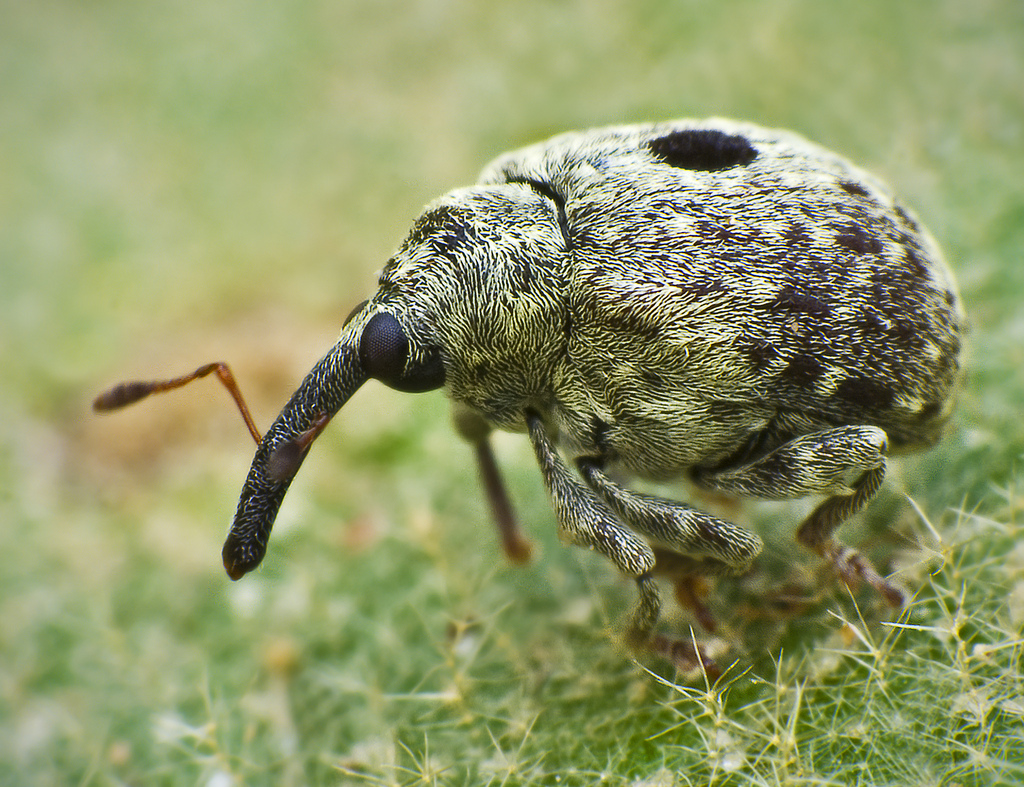|
Glaphyrometopus
''Glaphyrometopus'' is a genus of broad-nosed weevil The Entiminae are a large subfamily in the weevil family Curculionidae, containing most of the short-nosed weevils, including such genera as ''Entimus'', ''Otiorhynchus'', ''Phyllobius'', ''Sitona'', and '' Pachyrrhynchus''. In comparison with ...s in the beetle family Curculionidae. There is at least one described species in ''Glaphyrometopus'', ''G. ornithodorus''. References Further reading * * * * Weevils Articles created by Qbugbot {{weevil-stub ... [...More Info...] [...Related Items...] OR: [Wikipedia] [Google] [Baidu] |
Broad-nosed Weevil
The Entiminae are a large subfamily in the weevil family Curculionidae, containing most of the short-nosed weevils, including such genera as ''Entimus'', ''Otiorhynchus'', ''Phyllobius'', ''Sitona'', and '' Pachyrrhynchus''. In comparison with their stunning diversity, only a few of these weevils are notorious pests of major economic importance. Entimines are commonly encountered in the field, including urban environments, and abundant in entomological collections. Diversity There are over 12000 described species worldwide, distributed in over 1370 genera, nearly 14000 by more recent counts. Most tribes are represented in only one biogeographic region of the world. The current classification within the subfamily has been recognized as artificial rather than reflecting natural groups. General morphology Besides the shape of their broad and short rostrum, most entimines are easily recognized by the presence of a mandibular scar that appears when a deciduous process falls off ... [...More Info...] [...Related Items...] OR: [Wikipedia] [Google] [Baidu] |
Curculionidae
The Curculionidae are a family of weevils, commonly called snout beetles or true weevils. They are one of the largest animal families, with 6,800 genera and 83,000 species described worldwide. They are the sister group to the family Brentidae. They include the bark beetles as the subfamily Scolytinae, which are modified in shape in accordance with their wood-boring lifestyle. They do not much resemble other weevils, so they were traditionally considered a distinct family, Scolytidae. The family also includes the ambrosia beetles, of which the present-day subfamily Platypodinae was formerly considered the distinct family Platypodidae. Description Adult Curculionidae can be recognised by the well-developed, downwards-curved snout (Rostrum (anatomy), rostrum) possessed by many species, though the rostrum is sometimes short (e.g. Entiminae). They have elbowed Antenna (biology), antennae that end in clubs, and the first antennal segment often fits into a groove in the side of the ros ... [...More Info...] [...Related Items...] OR: [Wikipedia] [Google] [Baidu] |
Weevils
Weevils are beetles belonging to the superfamily Curculionoidea, known for their elongated snouts. They are usually small, less than in length, and herbivorous. Approximately 97,000 species of weevils are known. They belong to several families, with most of them in the family Curculionidae (the true weevils). It also includes bark beetles, which while morphologically dissimilar to other weevils in lacking the distinctive snout, is a subfamily of Curculionidae. Some other beetles, although not closely related, bear the name "weevil", such as the biscuit weevil (''Stegobium paniceum''), which belongs to the family Ptinidae. Many weevils are considered pests because of their ability to damage and kill crops. The grain or wheat weevil (''Sitophilus granarius'') damages stored grain, as does the maize weevil (''Sitophilus zeamais'') among others. The boll weevil (''Anthonomus grandis'') attacks cotton crops; it lays its eggs inside cotton bolls and the larvae eat their way out. Ot ... [...More Info...] [...Related Items...] OR: [Wikipedia] [Google] [Baidu] |

